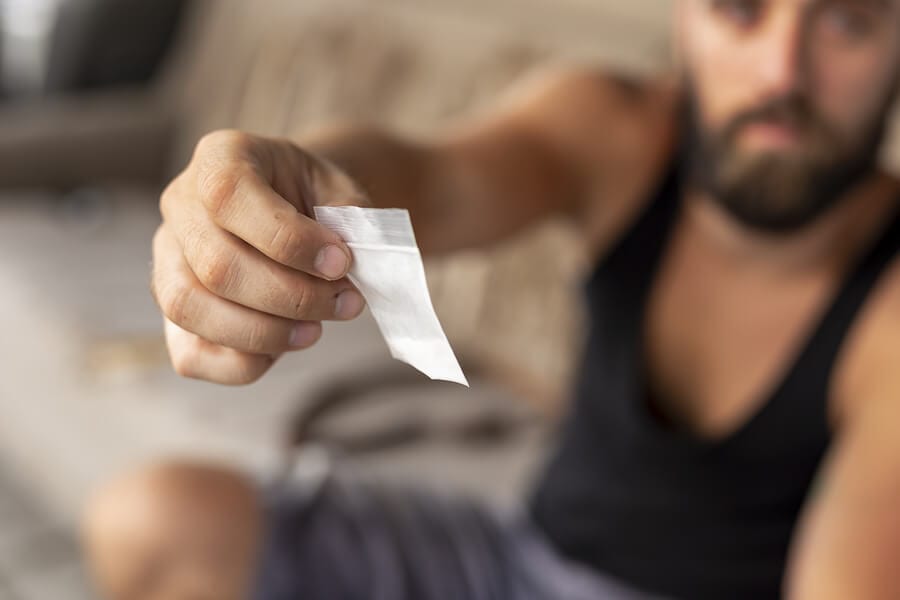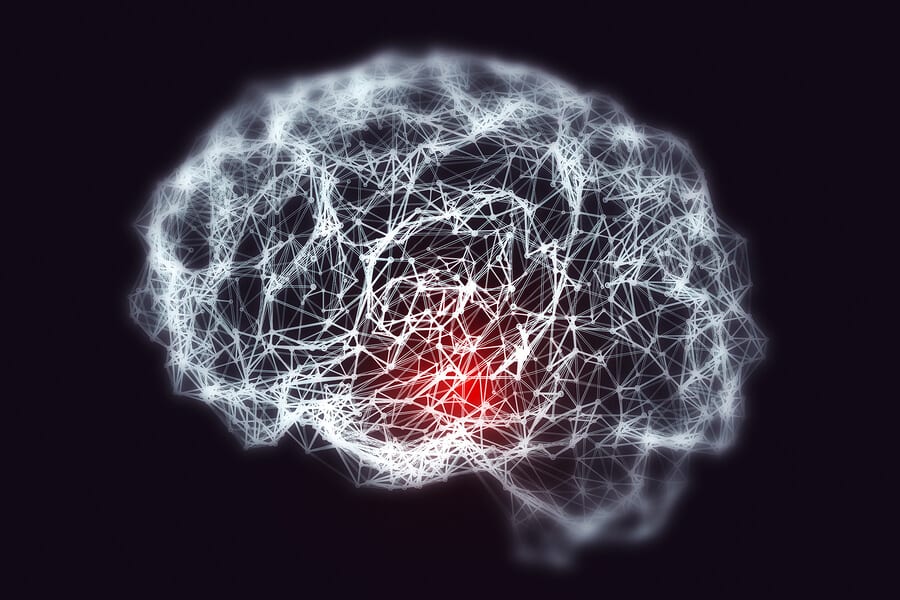
The Pink Drug, otherwise known as U-47700 or “Pinky,” is a synthetic opioid “designer” drug estimated to be about 7.5 times more powerful than morphine. In the last few years, reports of multiple deaths have surfaced due to the increasing use of U-47700 in the U.S., which is believed to be exported from labs in China. U-47700 has been found on the black market in powder form and also as tablets. It typically appears as a white or light pinkish, chalky powder, and is sold in glassine bags marked with logos imitating heroin, inside envelopes, and in knotted corners of plastic bags. The name “Pink” is derived from the most common method of administration, which is snorting it using the pinky finger. Even small doses of U-47700 can be poisonous and potentially lethal. Labels on products may have statements such as “not for human consumption” or “for research purposes only” in an effort to evade legal detection. Fatalities related to U-47700 in the U.S. join the increasing pervasiveness of drug overdose deaths as a result of prescription and illicit opioids and other synthetic designer drugs.
Pink Drug Effects and Toxicity
Pink is commonly abused for its euphoric and pain-killing effects. The drug can be snorted, injected or swallowed. Users report effects that are tantamount to those of other opioids, which include the following:
- Euphoria
- Sedation and relaxation
- Analgesia and numbness
- Profound respiratory depression
- Pinpoint pupils
- Constipation
- Itching
- Drug dependence and addiction
- Tachycardia (increased heart rate)
- Seizures
- Psychosis
- Coma and death
Pink Drug Use and Health Risks
The Drug Enforcement Administration (DEA) reported at least 46 deaths related to the use of U-47700 by December 2018. According to the DEA, no cases of U-47700 abuse in the U.S. were reported prior to 2015. People who use U-47700 do so for similar reasons as those who use heroin, prescription painkillers, and other narcotics. Also, use of this substance may occur unknowingly, as it may be found in combination with other drugs of abuse, including heroin or fentanyl. Some U-47700 products have been sold in packaging that mimics that of heroin or other prescription opioids. These illicit substances originate from abroad, and the purity and potency of any one product purchased on the black market or Internet is largely unknown. Moreover, a potential user may be under the impression that the product contains one substance, but in reality, it could consist of any number of other dangerous chemicals. Similar to those who abuse any narcotic drugs, those who use U-47700 are at high risk for substance abuse disorders, overdose, and death. In Utah, two 13-year old boys each suffered a fatal overdose in September 2016 due to abuse of U-47700 purchased off the Internet. Many Pink Drug users become sedated to the point of respiratory arrest. If the overdose does not immediately prove fatal and someone is available to call for emergency help, first responders will administer naloxone, an opioid antidote, in an effort to save a life.
Pharmacology of the Pink Drug

U-47700 is a synthetic opioid agonist that works on the mu-opioid receptor in the brain. It was originally developed by scientists in the 1970’s at Upjohn Pharmaceuticals for the treatment of pain associated with surgery, cancer, or injuries. U-47700 has a comparable chemical structure as morphine and other opioid receptor agonists. However, according to the National Institute of Drug Abuse (NIDA), Pink is 7-8 times more powerful than morphine.
Legal Status of U-47700 in the United States
In November 2016, the Drug Enforcement Agency classified U-47700 as a Schedule I controlled substance due to its immediate danger to public safety and health. Substances placed in Schedule I are considered to have a high potential for abuse and no approved medical use. Temporary emergency scheduling of hazardous drugs is one tool the DEA uses to help regulate new and potentially lethal street drugs. Scheduling lasts at least two years, with a possible 12-month extension if the DEA requires additional time to determine if the chemical should permanently remain as a Schedule I substance.
Treatment for Opioid Addiction
Opioid addiction is a potentially fatal disease that directly affects the well-being and health of those who suffer, as well as those close to them. Individuals who suffer from opioid addiction are urged to seek long-term, comprehensive treatment focused on recovery. Our center offers an integrated approach that is hallmarked by evidence-based services including psychotherapy, psychoeducation, individual and family counseling, and peer group support. We are staffed with caring professionals who specialize in the treatment of addiction and deliver these therapeutic services with compassion and expertise. We are dedicated to providing clients with the education, tools, and support they need to achieve long-lasting sobriety. If you or someone you love is addicted to opioids, we can help you restore harmony and wellness to your life – contact us today to find out how!